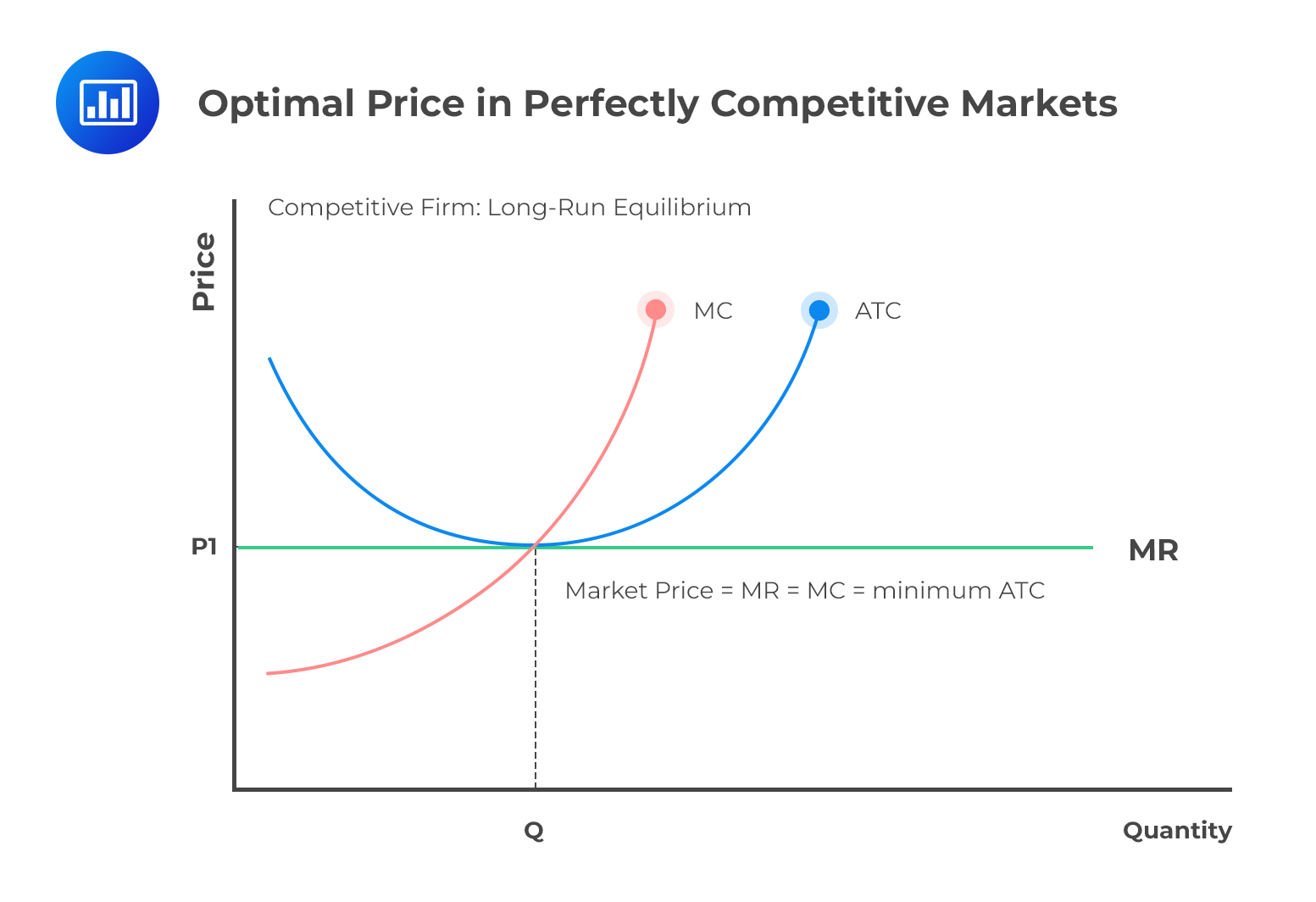

This profit will entice new firms to enter the market while existing ones will seek to expand their operations. Following the increase in industry prices, the individual firm changes its output from Q 1 to Q 2. Because of the price increase, existing businesses attempt to improve profits by creating additional output. The demand curve shifts from D 1 to D 2, causing the price to rise from $P 1 to $P 2. The demand for the product or service provided by the industry increases as a result of changing market conditions. Let us first assume that the entire industry is generating quantity Q 1 for $P 1. In Figure 2 above, the diagram on the left represents the output of a firm, whereas the diagram on the right represents the output of the overall industry. We know that the long-run supply curve of the constant cost industry in a perfectly competitive market is horizontal from which we can deduce that the constant cost industry's supply curve is perfectly elastic. Now, Let us have a look at the graph of the constant cost industry in a perfectly competitive industry to understand how firms react to the changes in the industry.įig. To learn more, don't forget to check out our articles on:- Long Run Supply Curve - Short Run Supply Curve. Types of industries depending on their long-run supply curves:1.There are three types of long-run supply curves, depending on the behavior of the cost of production in the industry. The long-run supply curve is the graph that helps us depict the information about the industry and the behavior of cost in that industry. The shape of the long-run supply curve depends on the associated cost of production with the expansion of the market or entry and exit of firms. Due to this reason, it is hard to determine the shape of the long-run supply curve.

In the long run, the market price fluctuates, which causes various companies to enter and exit the market. To find out more, let's get straight into the article! Constant Cost Industry Definitionīefore we get into the constant cost industry, let's have a quick look at the industry's long-run supply curve. The answer will depend on whether your company operates in an increasing, decreasing, or constant cost industry. Or will you? Several other factors are influencing the industry as market conditions change. You decide to expand your firm because you believe you will be able to earn more profit. With time, the demand for wooden jewelry grows, and you begin to make huge profits.

Determinants of Price Elasticity of Demand.Cross Price Elasticity of Demand Formula.Effects of Taxes and Subsidies on Market Structures.Monopolistic Competition in the Short Run.Monopolistic Competition in the Long Run.Behavioural Economics and Public Policy.


 0 kommentar(er)
0 kommentar(er)
